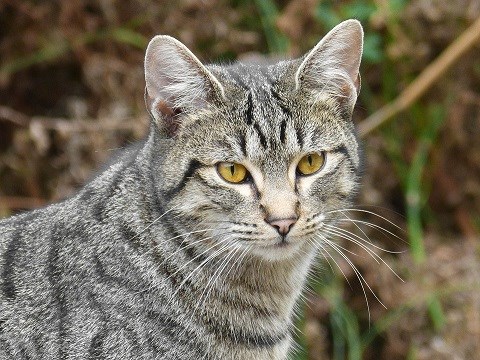Contact
Jens Häggström, Professor
Department of Clinical Sciences, SLU
jens.haggstrom@slu.se, 018-672124

Echocardiography is a cost‐efficient method to screen cats for presence of heart disease. Current reference intervals for feline cardiac dimensions do not account for body weight (BW).
To study the effect of BW on heart rate (HR), aortic (Ao), left atrial (LA) and ventricular (LV) linear dimensions in cats, and to calculate 95% prediction intervals for these variables in normal adult pure‐bred cats.
19 866 pure‐bred cats.
Clinical data from heart screens conducted between 1999 and 2014 were included. Associations between BW, HR, and cardiac dimensions were assessed using univariate linear models and allometric scaling, including all cats, and only those considered normal, respectively. Prediction intervals were created using 95% confidence intervals obtained from regression curves.
Associations between BW and echocardiographic dimensions were best described by allometric scaling, and all dimensions increased with increasing BW (all P<0.001). Strongest associations were found between BW and Ao, LV end diastolic, LA dimensions, and thickness of LV free wall. Weak linear associations were found between BW and HR and left atrial to aortic ratio (LA:Ao), for which HR decreased with increasing BW (P<0.001), and LA:Ao increased with increasing BW (P<0.001). Marginal differences were found for prediction formulas and prediction intervals when the dataset included all cats versus only those considered normal.
BW had a clinically relevant effect on echocardiographic dimensions in cats, and BW based 95% prediction intervals may help in screening cats for heart disease.
https://www.ncbi.nlm.nih.gov/pmc/articles/PMC5032876/
Häggström J, Andersson ÅO, Falk T, Nilsfors L, OIsson U, Kresken JG, Höglund K, Rishniw M, Tidholm A, Ljungvall I. Effect of Body Weight on Echocardiographic Measurements in 19,866 Pure-Bred Cats with or without Heart Disease. J Vet Intern Med. 2016 Sep;30(5):1601-1611. doi: 10.1111/jvim.14569.
Jens Häggström, Professor
Department of Clinical Sciences, SLU
jens.haggstrom@slu.se, 018-672124